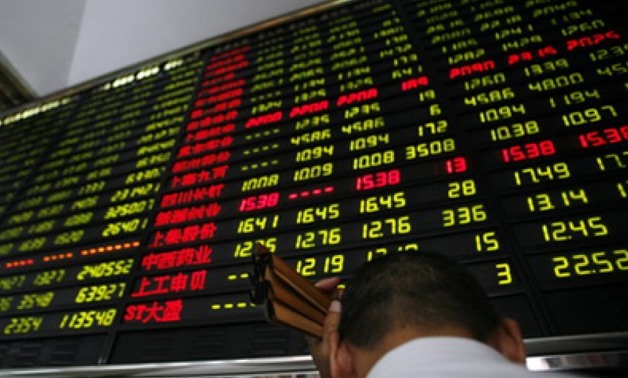
Stocks - Creative Commons
LONDON - 20 June 2019: World stock markets rose on Thursday after the U.S. Federal Reserve signaled it was likely to cut interest rates next month, and the dollar and benchmark bond yields fell to multi-year lows.
The Fed on Wednesday suggested rate cuts might start as soon as next month, saying it was ready to take action in the face of growing economic risks.
The MSCI world equity index, which tracks shares in 47 countries, gained 0.4 percent on the prospects of further stimulus, heading for a third day of gains. The Euro STOXX 600 rose 0.66 percent in early trading and Wall Street futures indicated U.S. stocks were set to open higher.
In Asia, MSCI’s broadest index of Asia-Pacific shares outside Japan rose 1.2 percent, led by gains in China.
The dollar fell and benchmark U.S. and euro zone government bonds fell after the Fed’s move. The dollar was on course for its biggest two-day drop against a basket of other currencies in 14 months and dropped 0.5 percent to a half-year low against the Japanese yen.
The Fed’s rate signal came before meetings at major central banks in Asia and Europe that were expected to flag similar moves. The European Central Bank and the Australian central bank had earlier signaled this week more policy stimulus was needed.
“It becomes a race to the bottom for global rates markets, a race to the bottom for FX,” said Peter Chatwell, head of rates at Mizuho.
The Bank of Japan left rates unchanged on Thursday but stressed that global risks were rising, suggesting it was leaning towards boosting monetary support.
But Norway’s central bank raised rates, as expected, sending the Norwegian crown up 1.6 percent against the dollar and 1 percent against the euro.
The Bank of England was due to announce its policy decision at 1100 GMT. It looked set to stick to its message that it was likely to raise rates.
Elsewhere, oil prices jumped 3 percent after Iran shot down a U.S. drone that its Revolutionary Guards said was flying over southern Iran, raising fears that a military confrontation could erupt between Tehran and Washington.
TRADE TALKS
Geopolitical risks elsewhere persisted, although hopes grew for progress in U.S.-China trade talks. The world’s two biggest economies have imposed increasingly severe tariffs on each other’s imports.
Chinese and U.S. officials will hold trade talks following instructions from their leaders, the Chinese commerce ministry said on Thursday, adding that Beijing hoped Washington would create the necessary conditions for dialogue.
Christophe Barraud, chief economist at Market Securities in Paris, said stock markets had so far mostly dodged fallout from the trade war. He warned they could suffer if economic indicators worsen in the second half of the year.
“Equities are mainly benefiting from the easy money policy, without too much damage on the economic front,” he said. “That may change in H2 ... metrics will likely weaken through the world because of the impact of ongoing tariffs.”
BOND YIELDS DROP
The Fed’s dovish tone caused the 10-year U.S. Treasury’s yield to fall as low as 1.974 percent, its lowest since November 2016. It reached 2.8 percent in January.
Government bonds elsewhere also fell, some to near record lows. Germany’s 10-year government bond yield, a benchmark for sovereign debt in the euro zone, was down 3 basis points at -0.316 percent, testing this week’s record low of -0.327 percent.
Japanese 10-year bond yields fell to a three-year low of minus 0.160 percent, a drop of 2 basis points. The comparable Australian yield fell to a record low below 1.30 percent.
Brent crude futures were up $1.39, or 2.25 percent, at $63.28 a barrel around 0815 GMT on the tensions in the Middle East and signs of improving demand in the United States.

Comments
Leave a Comment